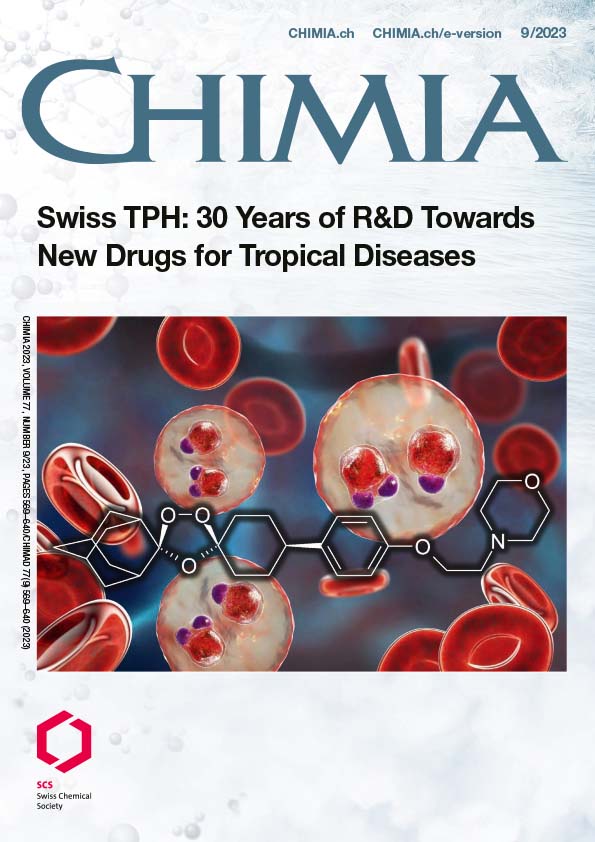Quinacrine – The Winding Road from the Most Important Antimalarial of Its Time to an Indispensable Antiparasitic (Orphan) Drug of our Days
DOI:
https://doi.org/10.2533/chimia.2023.574PMID:
38047832Keywords:
Atabrin, Giardiasis, Mepacrine, Orphan drug, QuinacrineAbstract
Quinacrine, the main antimalarial drug during World War II, has had a chequered history that included the successful repurposing as an intrapleural sclerosant for the treatment of malignant pleural effusions, a non-surgical method of female sterilisation, and the use as an immunomodulatory drug in lupus erythematosus. While no longer used for these former indications, quinacrine (re)emerged as an indispensable second-line drug for the treatment of nitroimidazole-refractory Giardia duodenalis infections, and thus depicts an indispensable “orphan drug”.
Downloads
Published
2023-09-20
How to Cite
[1]
A. Neumayr, E. Kuenzli, Chimia 2023, 77, 574, DOI: 10.2533/chimia.2023.574.
Issue
Section
Scientific Articles
License
Copyright (c) 2023 Andreas Neumayr, Esther Kuenzli

This work is licensed under a Creative Commons Attribution 4.0 International License.







